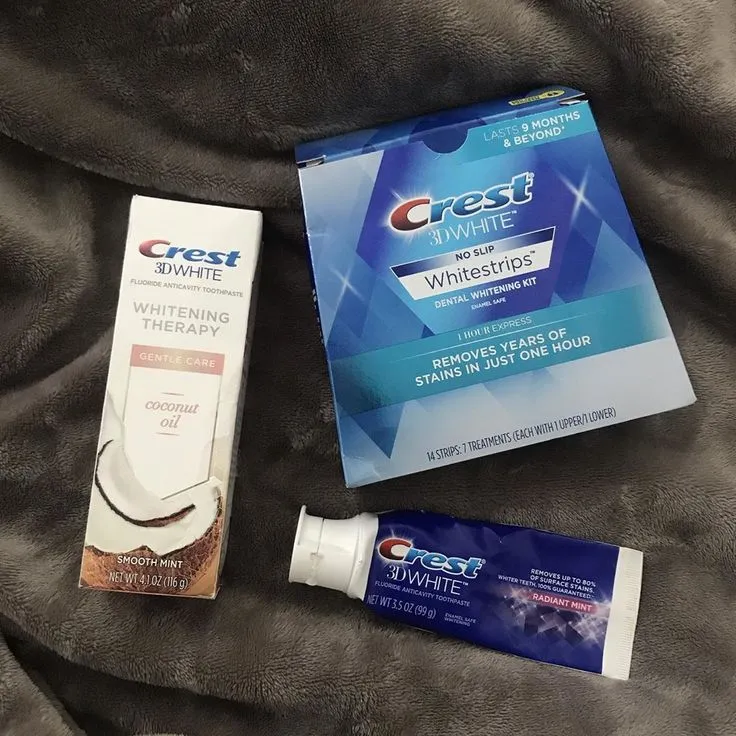Understanding Crest 3D Whitening Strips
Crest 3D Whitening Strips have become a popular choice for individuals seeking a brighter, whiter smile from the comfort of their own homes. These strips are designed to adhere to your teeth and deliver a whitening agent, typically hydrogen peroxide, directly to the enamel. Understanding how they work, what influences their effectiveness, and how often you should use them is crucial for achieving the best possible results while minimizing potential side effects. This comprehensive guide provides all the necessary information to help you use Crest 3D Whitening Strips safely and effectively, ensuring you achieve the radiant smile you desire.
What are Crest 3D Whitening Strips?
Crest 3D Whitening Strips are thin, flexible strips coated with a whitening gel. This gel typically contains hydrogen peroxide or a similar bleaching agent that penetrates the enamel of your teeth to remove stains and discoloration. The strips are designed to be applied directly to your teeth, conforming to their shape for optimal contact and whitening action. Crest offers various formulations of these strips, each with different strengths and intended usage durations, allowing users to choose the product that best suits their needs and sensitivity levels. The convenience and ease of use have made them a go-to solution for many seeking to improve their smile’s appearance.
How do Crest 3D Whitening Strips Work?
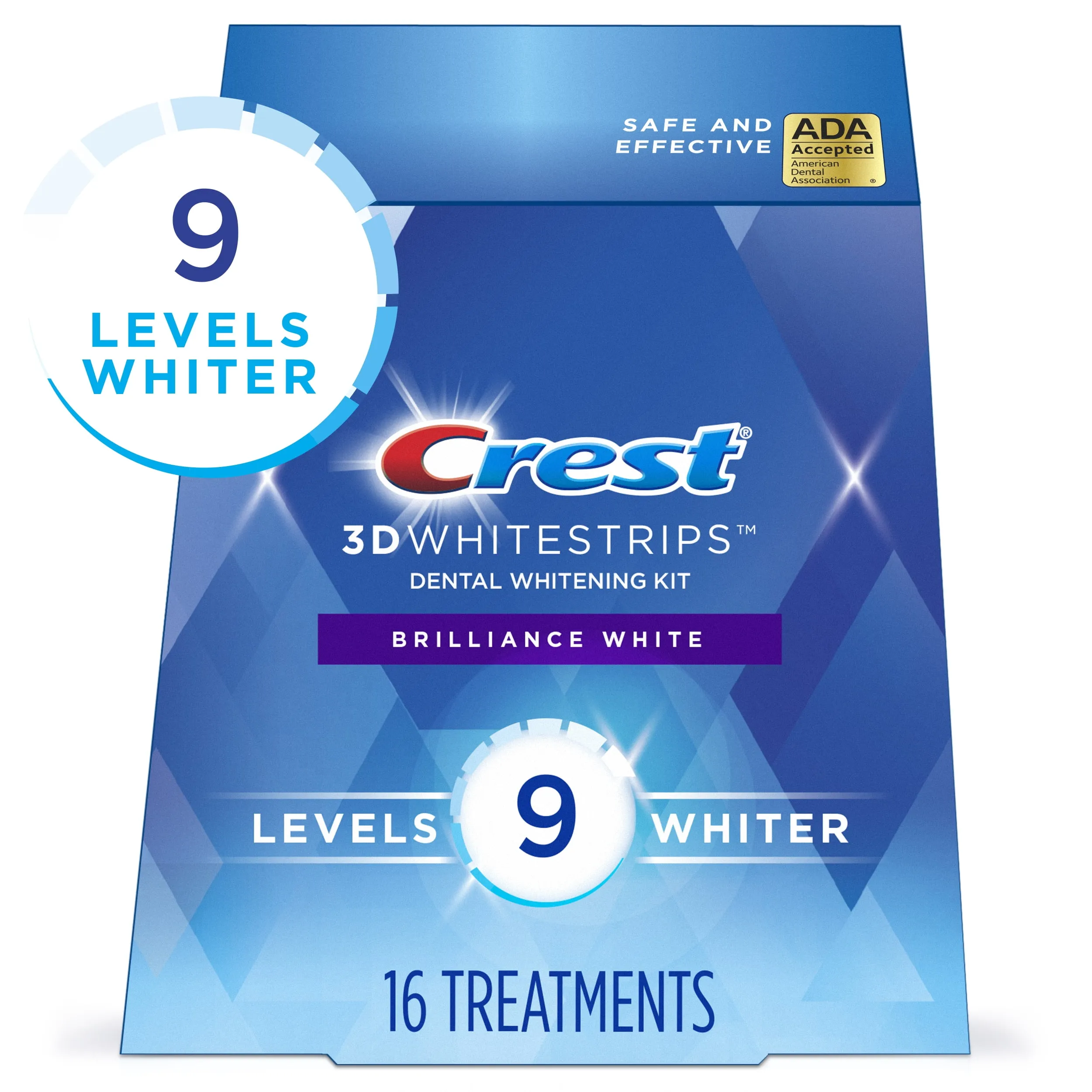
The effectiveness of Crest 3D Whitening Strips hinges on the action of the whitening agent, usually hydrogen peroxide. When the strip is applied to your teeth, the gel comes into contact with the enamel. The hydrogen peroxide then breaks down, releasing oxygen molecules. These oxygen molecules penetrate the enamel and dentin, the layers beneath the enamel, where they react with the stain molecules. This process oxidizes the stain molecules, breaking them down and making them less visible, resulting in a brighter smile. The specific concentration of hydrogen peroxide and the duration of application vary depending on the product, influencing the degree and speed of the whitening effect.
Factors Influencing Crest 3D Strips Usage
Several factors can influence how often you should use Crest 3D Whitening Strips and the results you can expect. It’s essential to consider these factors to ensure you use the strips safely and achieve the desired outcome. Individual tooth sensitivity, the types of stains present, existing dental work, and lifestyle habits all play a significant role in determining the best approach to using these whitening strips. Understanding these influences will help you tailor your whitening regimen for optimal results and minimize potential risks.
Teeth Sensitivity
Tooth sensitivity is a common side effect of using whitening strips. The hydrogen peroxide can irritate the nerves within your teeth, causing temporary sensitivity to hot or cold temperatures. If you have sensitive teeth, it’s advisable to start with a less potent formulation or use the strips for a shorter duration. Desensitizing toothpaste, which contains ingredients like potassium nitrate, can help alleviate sensitivity. If the sensitivity is severe, it’s best to consult your dentist before continuing to use the strips.
Staining from Food and Drinks
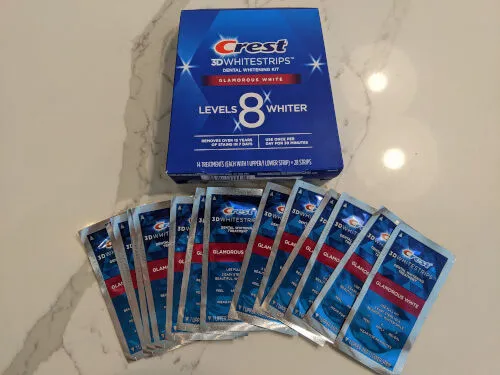
Certain foods and drinks are notorious for staining teeth. Coffee, tea, red wine, berries, and dark sauces can all contribute to discoloration. While Crest 3D Whitening Strips can remove these stains, your dietary habits can impact how often you need to use the strips. Reducing your consumption of staining foods and drinks or rinsing your mouth with water after consuming them can help prolong the whitening effects and potentially reduce the frequency of strip use. Brushing your teeth after eating or drinking can also help.
Existing Dental Work
Crest 3D Whitening Strips will only whiten natural teeth. They will not change the color of fillings, crowns, veneers, or other dental restorations. If you have dental work in the front of your mouth, whitening strips might create a mismatch in color between your natural teeth and your restorations. In such cases, it’s wise to consult your dentist. They can assess your situation and suggest alternative whitening options, such as professional whitening treatments, that can address the discoloration evenly.
Recommended Frequency of Use
The recommended frequency of use for Crest 3D Whitening Strips varies depending on the specific product you choose. Always adhere to the instructions provided on the product packaging. Generally, most Crest 3D Whitening Strips are designed to be used once a day for a set number of days, usually two weeks. Some formulations may require shorter or longer treatment durations. It is crucial to stick to the recommended schedule to avoid potential side effects and achieve the best possible results. Consistency is key for effective and safe whitening.
Following the Instructions on the Box

The instructions on the Crest 3D Whitening Strips packaging are your primary guide. They provide specific details regarding the duration of each application, the total treatment time, and any precautions you should take. Carefully read and understand these instructions before you begin using the strips. The instructions are formulated to ensure you use the product safely and effectively. Deviating from these instructions, such as using the strips more frequently or for longer durations, could increase your risk of tooth sensitivity or gum irritation.
Consulting Your Dentist
Before starting any teeth whitening treatment, it’s wise to consult with your dentist. Your dentist can assess the condition of your teeth and gums and determine if whitening strips are suitable for you. They can also provide advice on which product to use and how to manage any potential side effects. If you have existing dental issues, such as cavities or gum disease, your dentist can address those issues before you begin whitening. Regular dental check-ups are important to maintain oral health.
Maximizing Results with Crest 3D Strips
To maximize the whitening effects of Crest 3D Whitening Strips, proper preparation and application techniques are essential. Following some simple steps can help ensure you achieve the best results while minimizing the risk of side effects. Incorporating these practices into your whitening routine can lead to a brighter, more confident smile. Remember, patience and consistency are vital to achieving optimal whitening results.
Preparing Your Teeth for Treatment
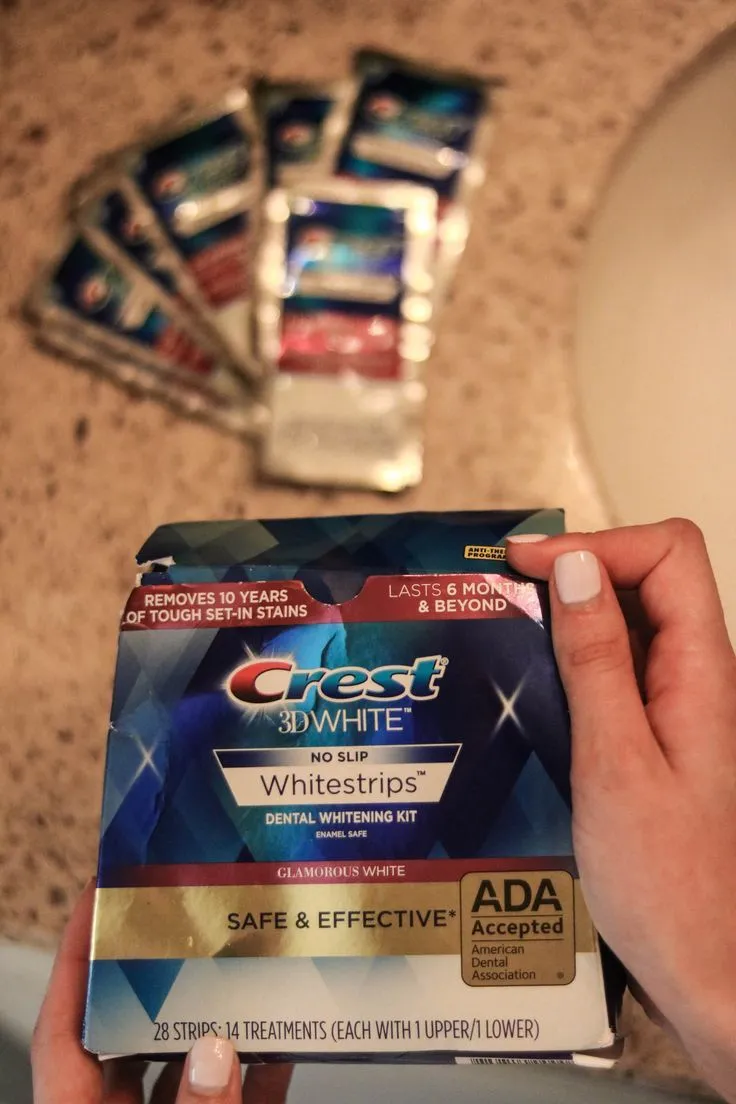
Before applying Crest 3D Whitening Strips, it’s essential to brush your teeth gently to remove any surface debris or plaque. However, avoid brushing immediately before application, as this can sometimes make your teeth more sensitive. Rinse your mouth with water, and ensure your teeth are dry before applying the strips. This will help the strips adhere properly and allow the whitening agent to come into optimal contact with your enamel. Using a gentle toothbrush and avoiding abrasive toothpastes during your whitening treatment can also help to minimize sensitivity.
Proper Application Technique
When applying Crest 3D Whitening Strips, carefully peel the strips from the backing and apply them to your teeth, ensuring that the gel side is in contact with the tooth surface. Align the strips with your gum line, and gently press them to ensure good contact. Fold any excess strip material behind the teeth to hold them in place. Follow the recommended application time indicated on the product packaging. After the specified time, remove the strips and discard them. Rinse your mouth with water to remove any remaining gel residue.
Maintaining Results After Whitening
After completing your Crest 3D Whitening Strips treatment, it’s important to maintain your results. Good oral hygiene practices and some lifestyle adjustments can help prolong the effects of your whitening treatment. Avoiding staining foods and drinks, maintaining regular dental check-ups, and using a whitening toothpaste can all contribute to a lasting, bright smile. Remember, maintaining your results is an ongoing process, not a one-time fix.
Potential Side Effects and How to Manage Them
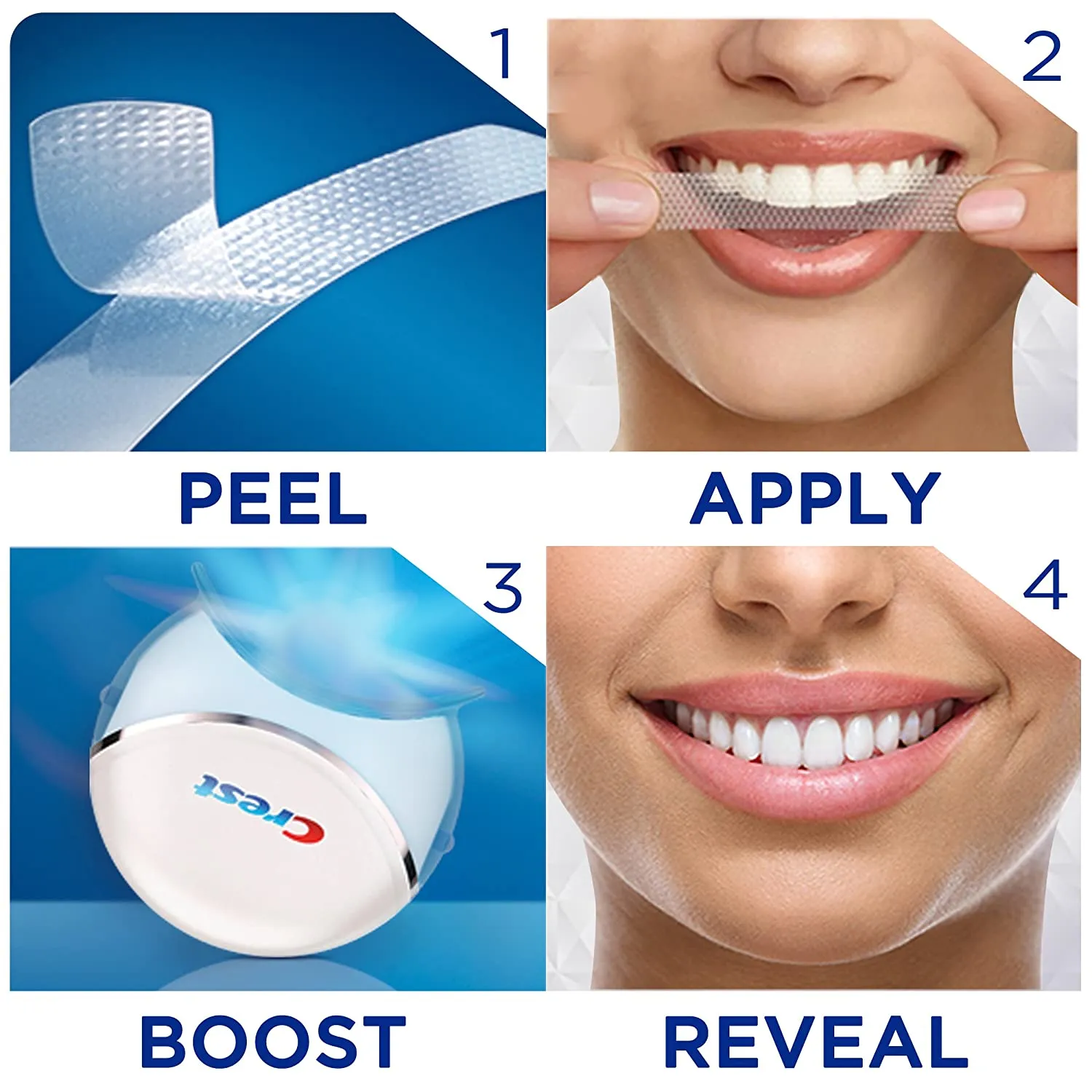
While Crest 3D Whitening Strips are generally safe, some individuals may experience side effects. It’s important to be aware of these potential issues and know how to manage them. The most common side effects include tooth sensitivity and gum irritation. Understanding these potential issues and knowing how to address them can help you continue your whitening journey with confidence. Consulting your dentist can offer added reassurance and personalized advice.
Managing Tooth Sensitivity
Tooth sensitivity is a common side effect. If you experience sensitivity, try using a desensitizing toothpaste containing potassium nitrate for a few weeks before, during, and after your whitening treatment. You can also reduce the application time of the strips or use them less frequently. Avoid very hot or cold foods and drinks during treatment. If sensitivity persists or is severe, consult your dentist, who may recommend a fluoride treatment to strengthen your enamel.
Addressing Gum Irritation
Gum irritation can occur if the whitening gel comes into contact with your gums. To minimize this, ensure that you carefully apply the strips, avoiding contact with your gums. If irritation does occur, discontinue use until your gums have healed. You can also apply a small amount of petroleum jelly to your gums before applying the strips to create a protective barrier. If gum irritation is severe or persists, consult your dentist.
Alternative Whitening Options
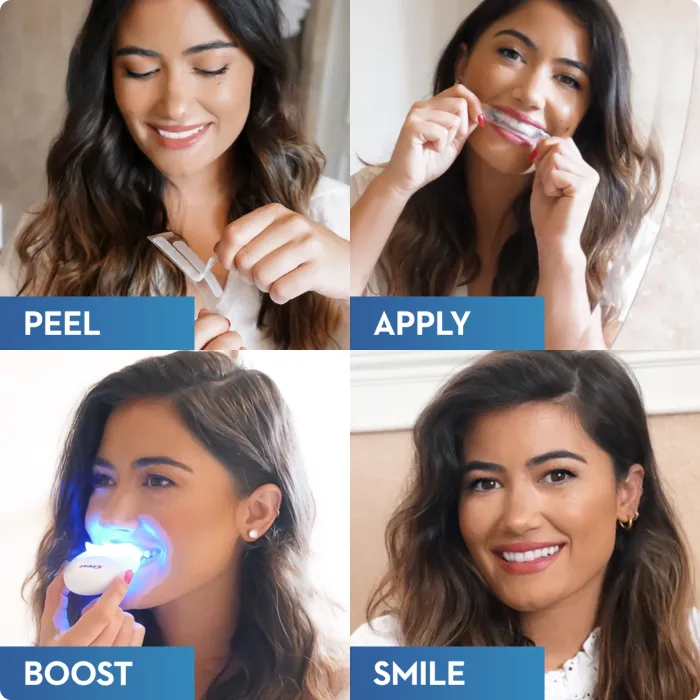
If Crest 3D Whitening Strips are not suitable for you or if you desire more dramatic results, several alternative teeth whitening options are available. These options range from professional treatments to over-the-counter products, offering a range of choices to suit your individual needs and preferences. Consulting with your dentist is the best way to determine which option is right for you.
Professional Teeth Whitening
Professional teeth whitening, performed by a dentist, typically involves a higher concentration of hydrogen peroxide and can produce more dramatic results than at-home treatments. The dentist will apply the whitening agent and may use a special light to accelerate the whitening process. Professional whitening is often the best option for individuals with significant discoloration or those who want immediate results. Your dentist can also monitor your teeth and gums during the procedure, minimizing the risk of side effects.
Whitening Toothpastes and Mouthwashes
Whitening toothpastes and mouthwashes can help maintain the results of your whitening treatment or gently lighten your teeth over time. These products typically contain mild abrasives or chemical agents that remove surface stains. While they are not as effective as whitening strips or professional treatments, they can be a useful addition to your oral hygiene routine. Choose products that are ADA-approved to ensure they are safe and effective. Remember, consistency is key; these products are best used as part of a regular, comprehensive oral care routine.
In conclusion, Crest 3D Whitening Strips can be an effective and convenient way to brighten your smile. However, understanding how to use them correctly, adhering to the recommended frequency, and considering individual factors are crucial for achieving the best results and minimizing potential side effects. By following the guidance provided in this article and consulting with your dentist, you can confidently embark on your teeth whitening journey and enjoy a brighter, more confident smile.
